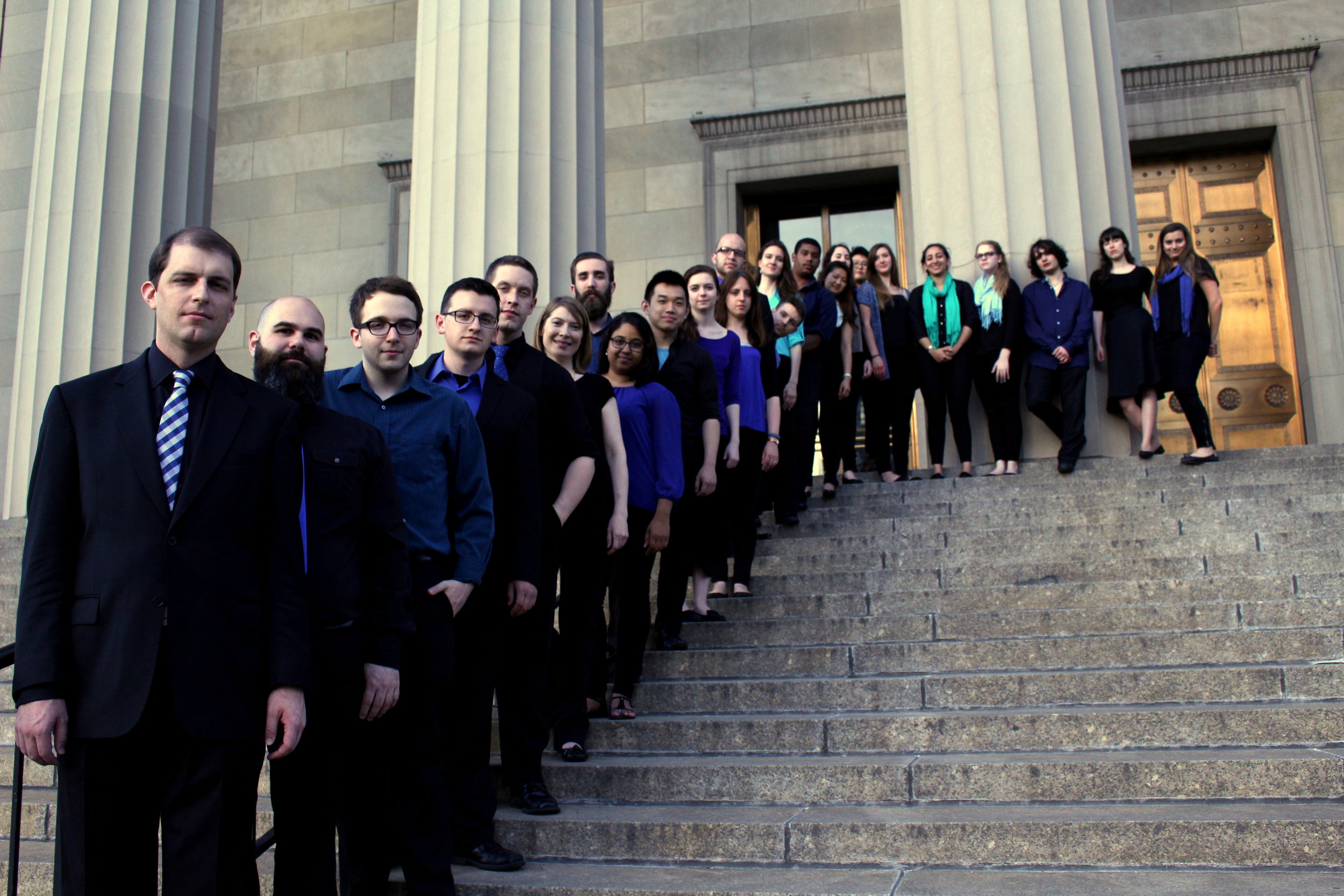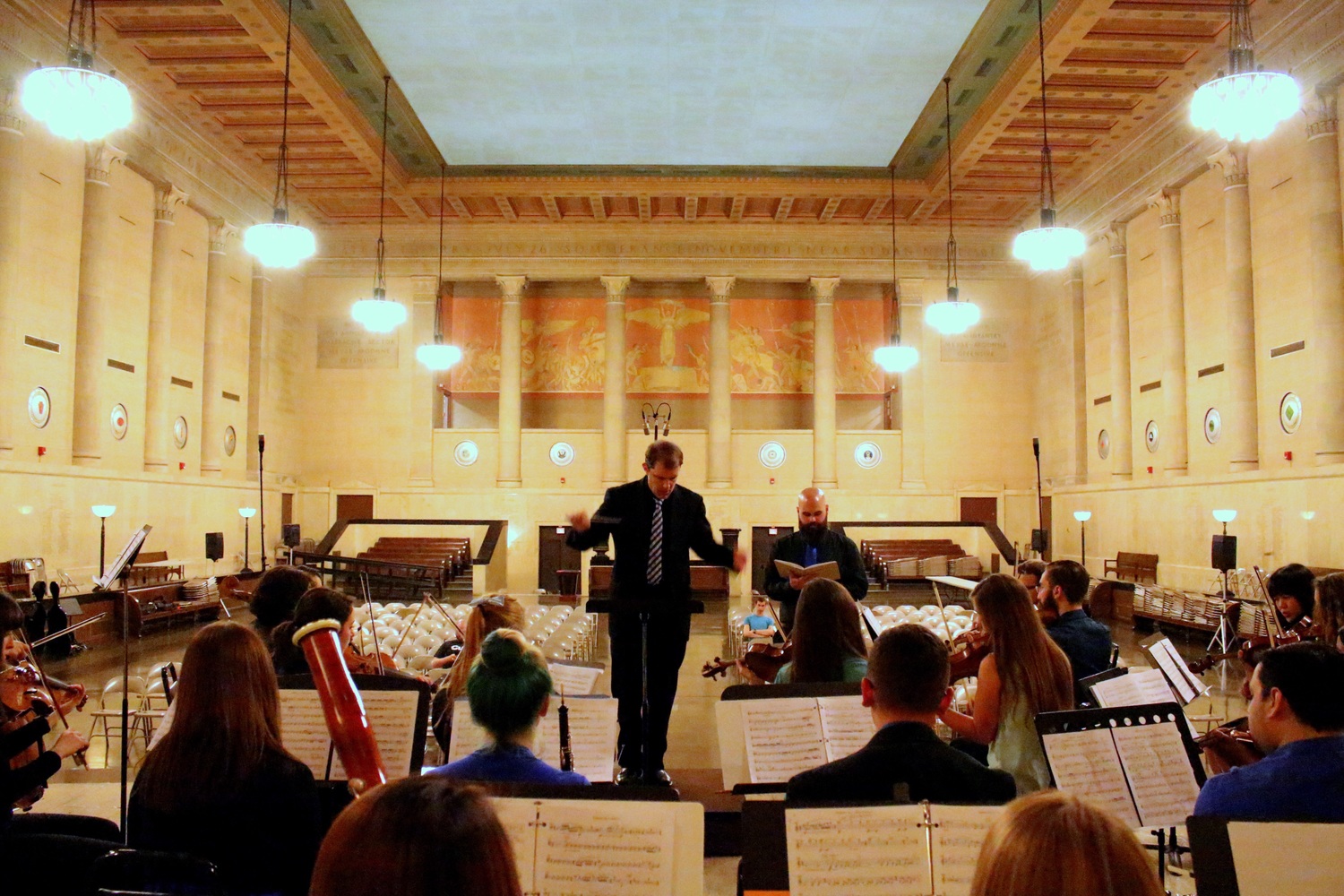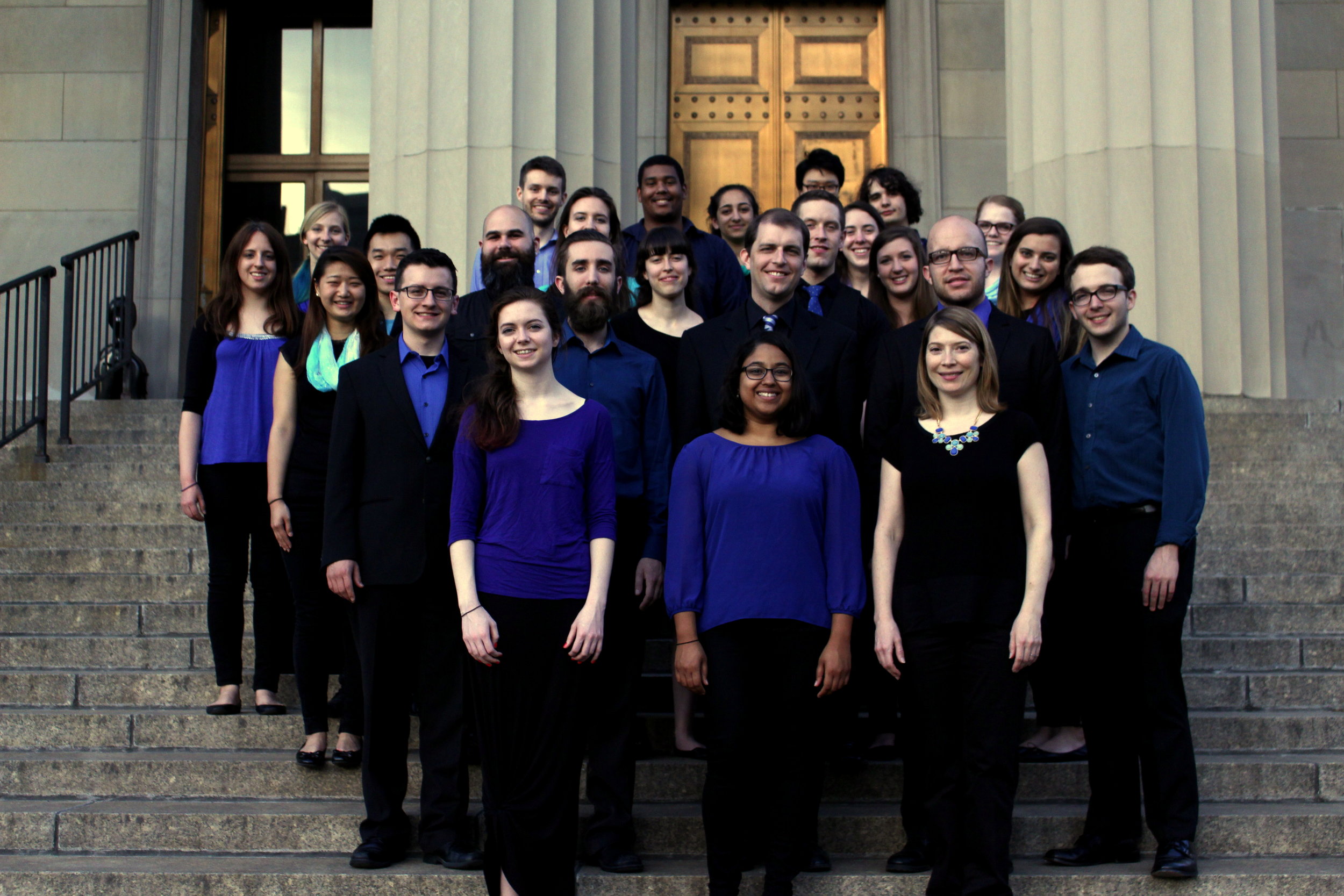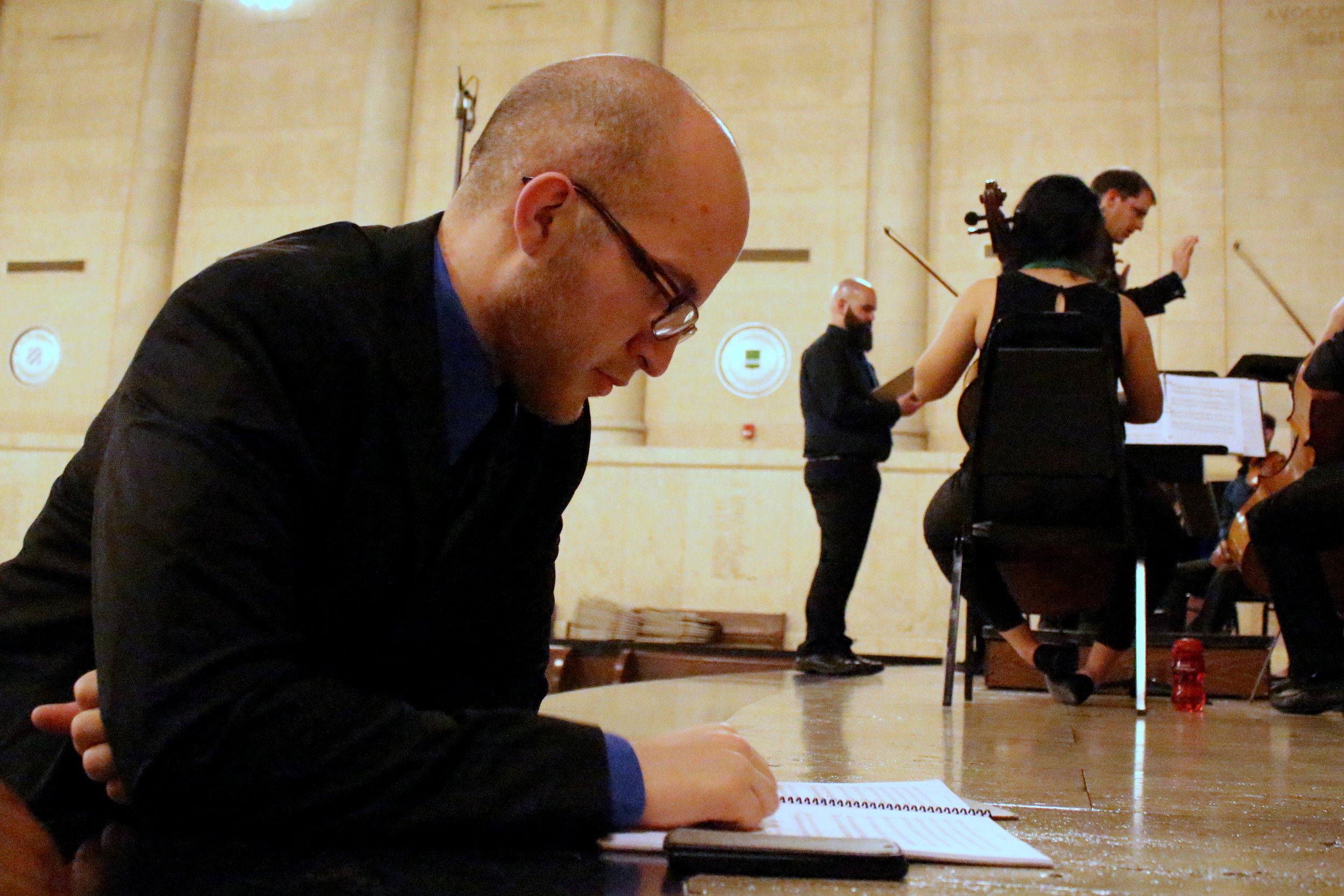Rep Hub
SNO's home for substantial works by emerging composers, featuring SNO's commissioned repertoire.
Mark Fromm | Andrew Boss | Nicole Murphy | Jonathan Russell | Andrew Posner | Martha Horst | Natalie Draper | Nicholas Bentz
Mark Fromm
“As a composer, I find the division between movements feels arbitrary, artificial, and unnecessary.”
Symphony No. 1
I had three goals in mind while writing Symphony No. 1. The first was to compose about thirty minutes of music as one, large, single-movement work, rather than the expected four-movement symphony. (As a composer, I find the division between movements feels arbitrary, artificial, and unnecessary.) Secondly, most of my music is programmatic (it usually has a non-musical title, story, or something it is “about”); I wanted my first symphony to be absolute music, free of associations. Lastly, I wanted to showcase as many different instrumental colors as possible.
Almost every instrument plays extended solos, often juxtaposing the same pitch on different instruments (middle C sounds very different when played on oboe compared to English horn, for example). The climax of the piece features a completely divided string section with all thirteen players playing different lines. In order to make sense of the enormous scale of writing a single-movement work of that duration, I employ a tactic used by Mahler in his fourth symphony: the piece opens with a memorable melody, then that melody disappears for most of the symphony, only to reappear in full force at the end.
My Symphony No. 1 opens with an extended bassoon solo playing a high, introspective melodic line, which doesn’t reappear until twenty minutes later as a penetrating, soaring, forceful statement in the soprano saxophone. That melody then makes up the entirety of the last ten minutes of the piece. After the initial contemplative bassoon solo, the music turns dark and sinister, then raucous and incisive, all serving as a foil to the calm opening. Through all these twists and turns, the interval of a major seventh (a larger, more dissonant interval) unites all the various melodies and harmonies. After the sax solo recalls the opening tune, the full ensemble echoes it in soaring melodies and undulating harmonies. This eventually gives way to the lone double bass playing the theme slowly with melancholy. The cellos, violas, and violins gradually join the bass, all playing the same melody but starting on different pitches and at different times, resulting in an eight-part canon that continually ascends into the highest register. The darkness of the first two-thirds of the piece has turned into the brilliance that carries it to the end.
“...complex colors are matched with an equally complex and at times biting language that conjures a sense of rhetorical force and rigor...”
REP HUB
Mark Fromm | Andrew Boss | Nicole Murphy | Jonathan Russell | Andrew Posner | Martha Horst | Natalie Draper | Nicholas Bentz
The piece is scored for:
- flute (+alto flute)
- oboe
- English horn
- soprano saxophone
- basset horn
- bass clarinet
- bassoon
- 2 horns
- harp
- 7 violins
- 3 violas
- 2 cellos
- double bass.
Reviews
- Buchanan, Douglas (December 20, 2016). "New Gifts of New Music". Image-Music-Text.
- Smith, Tim (November 22, 2015). "Checking out new classical recordings with Baltimore roots". The Baltimore Sun.
- Woolever, Lydia (February 17, 2015). "Music Reviews: February 2016". Baltimore Magazine.
About Mark
Mark Stanley Fromm (b.1982) is a composer, teacher, and bassoon and saxophone player from Pittsburgh, Pennsylvania. His works have won numerous awards and have been performed worldwide, including Nashville, New York City, Ottawa, London, Santiago, Doha, and Bangkok. His music has been praised for its natural shape, structure, and lyricism. Much of his music is locally inspired, including commissions for "Steel, Slag, and Silicon" by the Pittsburgh Chamber Music Society, "Frick Gates" for the Pittsburgh Philharmonic Orchestra, and "Silent Spring" for Trillium Ensemble. His most recent work, "Lingua Cosmica," is a concerto for contrabassoon, commissioned by the Carnegie Mellon University Contemporary Ensemble upon their acquisition of a new instrument. He currently plays principal bassoon with the Pittsburgh Philharmonic Orchestra, and is an active composer and performer member of Alia Musica Pittsburgh, a group dedicated to the performance of new music by local composers. In 2014 he joined the faculty of Pittsburgh CAPA (Creative and Performing Arts) 6-12 School, where he teaches music theory and composition and conducts the Elektroacoustic Ensemble. He holds degrees from Carnegie Mellon (BFA), McGill University (MMus), and The University of Pittsburgh (PhD). For more information about Mark and to hear some of his music, visit markfromm.net.















We’ve been working hard on selecting finalists for our 2015 Call for Scores! Let's meet the panelists on our selection committee.